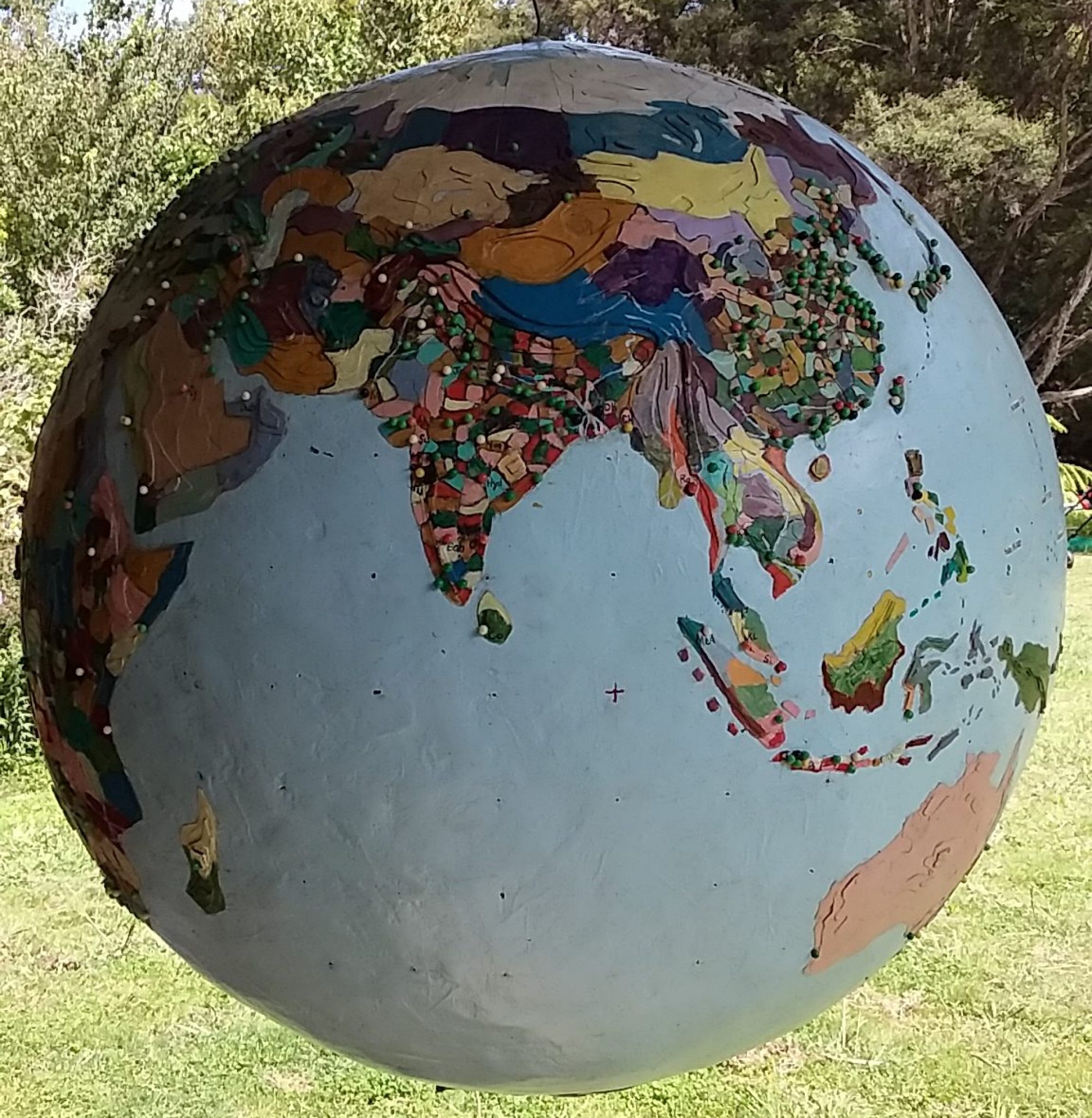A New Zealand friend recently returned from Semarang, Indonesia, after searching for the bridges her father had built in the Dutch East Indies after WWII.
She had visited the Tawang Semarang railway station where her father’s drawing office had been. This European architectural conception of the Orient expressed in twentieth century materials is still used to this day. When I had passed through Tawang to catch the train to Surabaya in 2012 a small orchestra filled the heritage station with middle-of-the-road Javanese music. The station might have been sinking but it was doing it in style.
The old Dutch port area of Semarang (metropolitan population 6 million), is slowly sinking into the Java Sea. Build on quaternary volcanic deposits which are still consolidating, subsidence is accelerating because of groundwater extraction.
It is estimated that half a million cubic litres of water were pumped up in 1900. By 1975 it was one million, in 1990, nine million and in 2000, thirty-eight million. The ground is now sinking at around 10 cm per year.
Within walking distance of the station stand many heritage buildings including Toko (Cafe) Oen, pretty much unaltered since the day the Dutch owners left. Periodically buildings were inundated by seawater and services broke, further polluting the canals. There were changes of canal drainage flows and buildings cracked and deteriorated. The only good news was that North Semarang was not subsiding as fast of North Jakarta – also because of groundwater extraction.
I too had come to Semarang followinging family history. During WWII, when the Japanese occupied Java, my grandmother had been interned at the women’s camp there.
As a child, you were protected from stories of what happened in Java during the war, but you could tell by the tone when adult conversation strayed into those times when visitors brought back memories of “the Indies”.
First the men were taken away by Japanese soldiers and the women and children were left on the plantations. Some Javanese were friends and loyal staff, others allied with the Japanese. My grandmother rounded up the girls, cutting their hair and dressing them to look like boys, and they, and the other children, started walking. Accounts vary as to where they thought they were going, but soon they were rounded up and taken to Semarang.
This small group was luckier than some. The Japanese concept of “comfort women” extended to the Dutch and sometimes women were taken without their consent. There was an infamous incident early in occupation where a household of women, and their daughters, spent two weeks as sex-workers in their own home, serving passing Japanese soldiers, before an officer put a stop to it.
In the camps the conditions were hard, shelter was primitive and food was short. The women in Semarang camp were interviewed one at a time and offered work as comfort women. Naturally they would get paid, they were told, and a few took up the offer, or came under the protection of an officer by becoming his concubine. Mostly it was the Javanese and Chinese women who had been prostitutes before the war who worked as the comfort women. After the war some of the Japanese who carried out sexual violations in Java were summarily executed by Dutch husbands.
Both my grandparents were shaped by their experience in the camps. By all accounts my grandfather barely survived. My grandmother took on a leadership role; organising, working hard and surviving.
In a tower block in Gouda in the Netherlands I once met a an elderly man who had been a boy in the Semarang women’s camp. “We were lucky,” he told me. “The Japanese didn’t distinguish between us Jews and the other prisoners. In Holland, the rest of my family didn’t survive the war.”
We had dropped into the coastal heat of Semarang from the cooler Dieng Plateau. An elderly ukulele player in a batik shirt and capo made from a pencil and rubber band laid down some Arabic sounding riffs, collected a small contribution from every passenger and hopped off the bus at an intersection. We passed dusty slums, built on steep slopes, where, during the rainy season, landslides sometimes took homes, possessions and lives.
